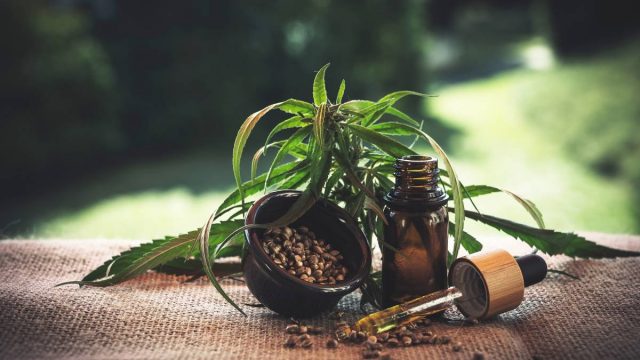
Introduction
You have definitely heard about CBD by now, especially if you suffer from a chronic disease like pain or anxiety.
CBD is a well-known cannabinoid that is the topic of several current scientific investigations. While much of the study has focused on the potential advantages of CBD for patients with epilepsy, scientists have discovered a number of additional possible applications.
If you want to try CBD but are not sure where to begin, we have put together this fast, helpful guide to address your concerns and dispel some of the common misunderstandings about CBD and its benefits.
What Is CBD?
What exactly is CBD? It is a question that more and more people throughout the world are asking year after year. You may have heard it referred to as a cannabinoid or cannabidiol, which are both true.
The first and most crucial thing to understand is that CBD is an abbreviation for cannabidiol, which is a chemical found in the cannabis plant. It is one of over a hundred distinct cannabinoids found thus far, so-called since they were first discovered in cannabis.
CBD is one of several active chemicals found in cannabis. Unlike its cousin, tetrahydrocannabinol (THC), it is not psychotropic. This means that CBD does not provide a “high.” CBD products can be purchased from many websites, including www.insidecbd.net, while THC products can be harder to purchase legally.
CBD and Your Body
CBD is chemically almost identical to substances your body already makes. These endocannabinoids (cannabinoids produced by the body) are part of the endocannabinoid system, which is a network of substances and receptors.
With receptors in most of the major organs, the neurological system, and the immune system, the ECS serves as the body’s assistant manager. It essentially guarantees that the body is in a condition of equilibrium. This includes ensuring that all important factors, including temperature, metabolism, and pressure, are functioning properly.
When we bring CBD into the body, it communicates with us through the ECS. CBD can easily integrate since it is so similar to other substances. That is why we are convinced CBD is a natural ingredient that you may safely introduce into your body.
How to Take CBD
Have you ever thought about why hospitals often give medications directly into your bloodstream? It is because of a phenomenon called bioavailability. The bioavailability of a chemical substance is the percentage of it that the body utilizes successfully.
The primary aspect influencing bioavailability is how quickly the substance enters the circulatory system, which is why IV drips are often the most effective approach. So, let’s investigate how consumption influences bioavailability!
CBD oils are one of the most common and well-known ways to use CBD. These are used to apply CBD oil on the underside of your tongue. CBD oils are nothing more than hemp extract mixed with carrier oil.
Rather than consuming CBD oils and passing them through the digestive system, allow them to soak for 90 seconds in the blood vessels behind the tongue. This allows it to circulate much more quickly.
CBD vaping has one of the greatest bioavailabilities of any method. Making your CBD e-liquid into vapor allows it to be more easily absorbed. Because you inhale it into your lungs, CBD vape juice travels quickly to your circulatory system.





